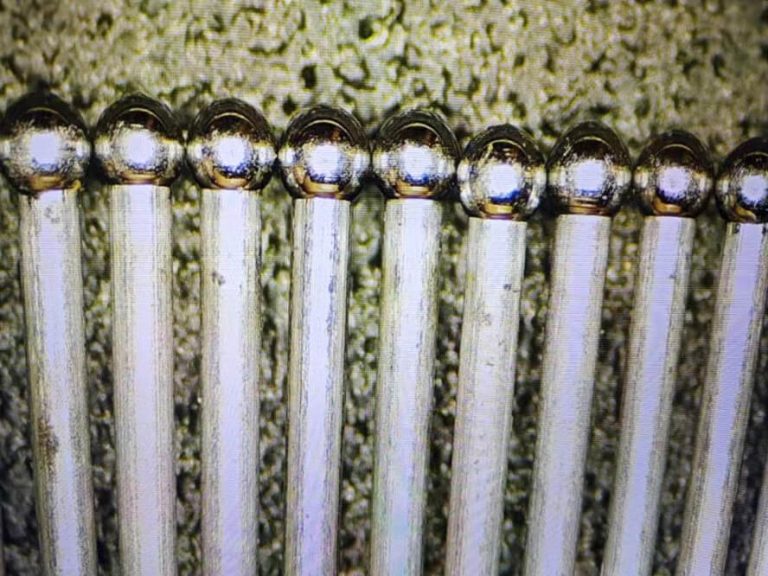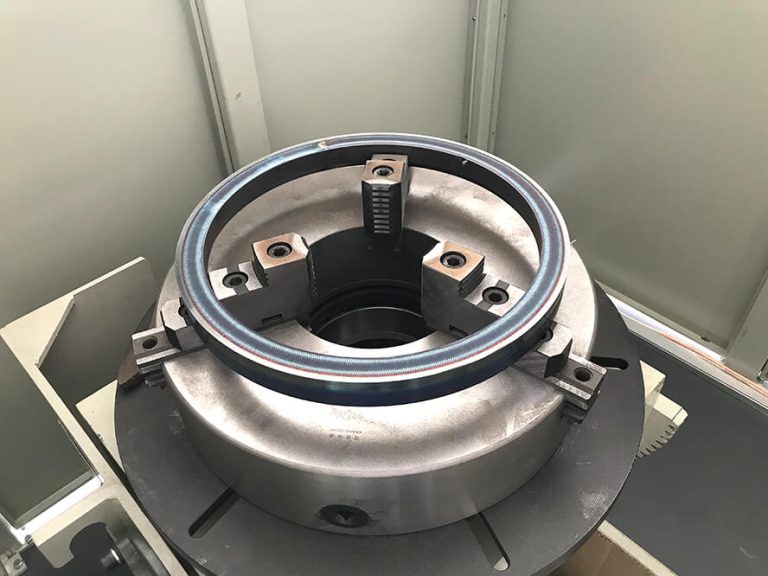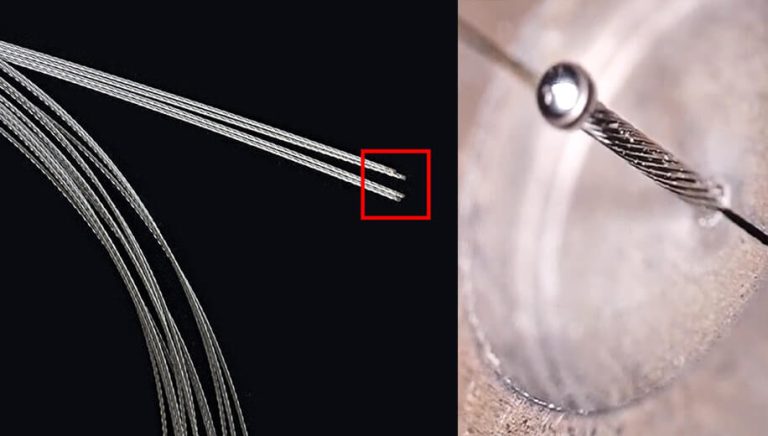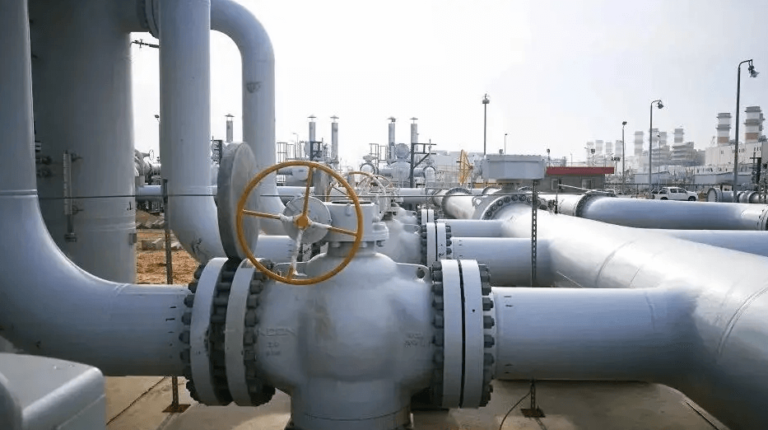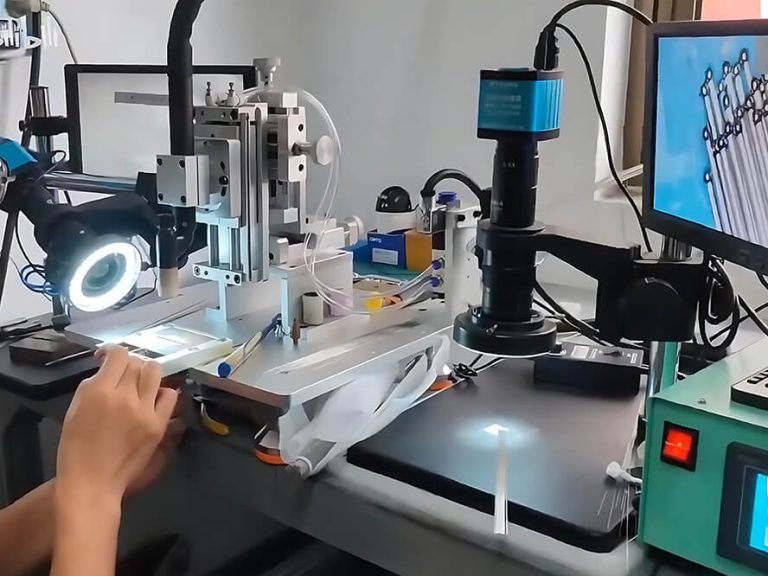The Transformative Power of Plasma-Transferred Arc Plasma Cladding Machines
The application of plasma cladding machines is becoming more and more common in the welding industry. This technology is widely used in manufacturing, repairing, and maintaining various equipment and components. Plasma cladding welding machines can weld high-strength materials, high-temperature materials, corrosion-resistant materials, metal alloys, etc., so they have received widespread attention and applications in the manufacturing and maintenance industries.
Plasma cladding machines are based on plasma technology. Plasma is a mixture of positively and negatively charged ions with very high temperatures and energy. In a plasma cladding machine, a plasma arc is used to heat and melt the metal surfaces of the workpieces, allowing them to be welded together. The temperature generated by the plasma arc can reach over 30,000°C, which can melt and weld metal surfaces together.
One of the main advantages of a plasma cladding machine is that it can weld very thin metal materials. Since the temperature of the plasma arc is very high, the welding process can be completed quickly, thus reducing the size of the heat-affected zone. In addition, the weld quality of the plasma cladding machine is very high, because the high energy generated by the plasma arc can completely melt the surface of the workpiece, forming a uniform and dense weld. This welding method also enables very high welding speeds, which saves production time and costs. Plasma cladding machines are widely used. It can be used to weld metal structures, pipes, containers, ships, aircraft, automobiles railway vehicles, etc. Because plasma cladding machines can weld many different types of materials, they are ideal for manufacturing high-performance components and equipment, such as aerospace components, petrochemical equipment, and nuclear power plant equipment.
However, plasma cladding machines also have some limitations. First of all, the equipment cost of the plasma cladding machine is relatively high. Secondly, because the welding process requires the use of high energy, special safety measures are required to ensure the safety of operators. In addition, due to the high temperature and energy generated by the plasma arc, appropriate gases and materials need to be used to ensure welding quality and stability.
In conclusion, plasma cladding is a very useful welding technology with many advantages and some limitations. For welding special materials such as high-strength, high-temperature, and corrosion-resistant materials, a plasma cladding machine is a very effective welding method. It has become one of the leading technologies for welding in the manufacturing and maintenance industries. In the future, with the continuous development of science and technology, the application range of plasma cladding machines will be wider, and the cost of equipment will gradually decrease, allowing more industries to use this technology.
In addition to the advantages of plasma cladding machines, some limitations need to be noted. First of all, plasma cladding welding machines require professional operating skills and therefore require specialized training and qualifications. Secondly, due to the high temperature and energy of the plasma arc, the welding process may produce high noise and light radiation, so corresponding safety measures need to be taken. In addition, the selection and quality of welding materials will also have an impact on the welding effect, requiring fine adjustment and control.
In summary, the plasma cladding machine is a very promising welding technology that can be widely used in the manufacturing and maintenance industries. It has many advantages, such as high welding speed, high weld quality and suitability for different types of materials. However, some limitations and safety issues need to be noted, and professional operation and management are required to ensure the welding effect and the safety of the operators.
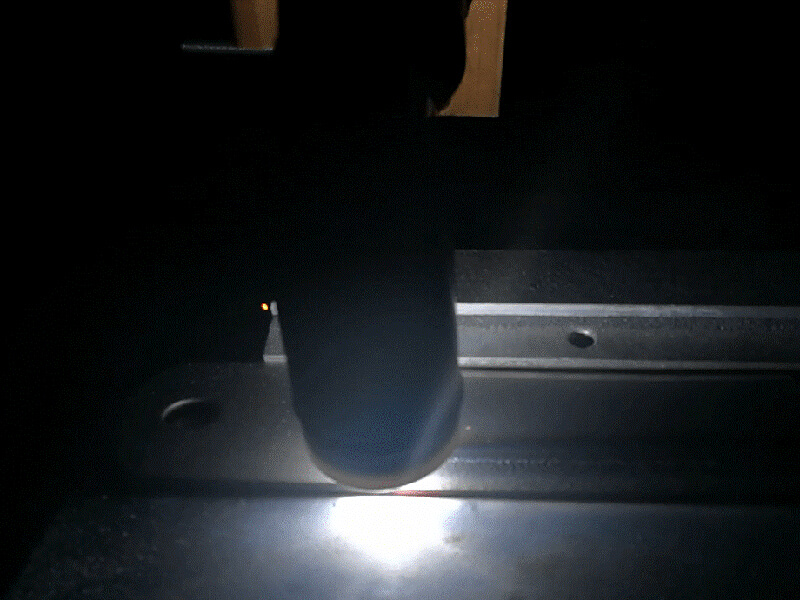
In the future, with the continuous development and improvement of plasma cladding machine technology, its application will be more extensive and in-depth. In the manufacturing field, plasma cladding machines can be used to manufacture a variety of high-quality machine parts, automobile parts, aircraft parts, etc. In the field of shipbuilding, plasma cladding machines can be used to weld important components such as hulls and propellers. In the power industry, plasma cladding machines can be used to manufacture nuclear power plant parts, gas turbine parts, etc. In addition, plasma cladding machines can also be used in microelectronics manufacturing, electronic packaging and other fields.
At the same time, with the development of intelligent manufacturing and digital technology, plasma cladding machines will continue to be upgraded and optimized. For example, an automated and intelligent welding process can be achieved by combining a plasma cladding machine with robotic technology. In addition, advanced sensors and rol technology can also be introduced to achieve fine control and monitoring of the welding process and improve welding quality and efficiency.
In terms of environmental protection, plasma cladding machines also have certain advantages. Compared with traditional welding technology, the plasma cladding machine does not produce a large amount of waste gas, wastewater and other pollutants during the welding process, so it can effectively reduce the impact on the environment.
To sum up, the plasma cladding machine is a very promising welding technology. In the future, it will be used in a wider range of fields, and will also be continuously upgraded and optimized to achieve a more efficient, intelligent, and environmentally friendly welding process.

